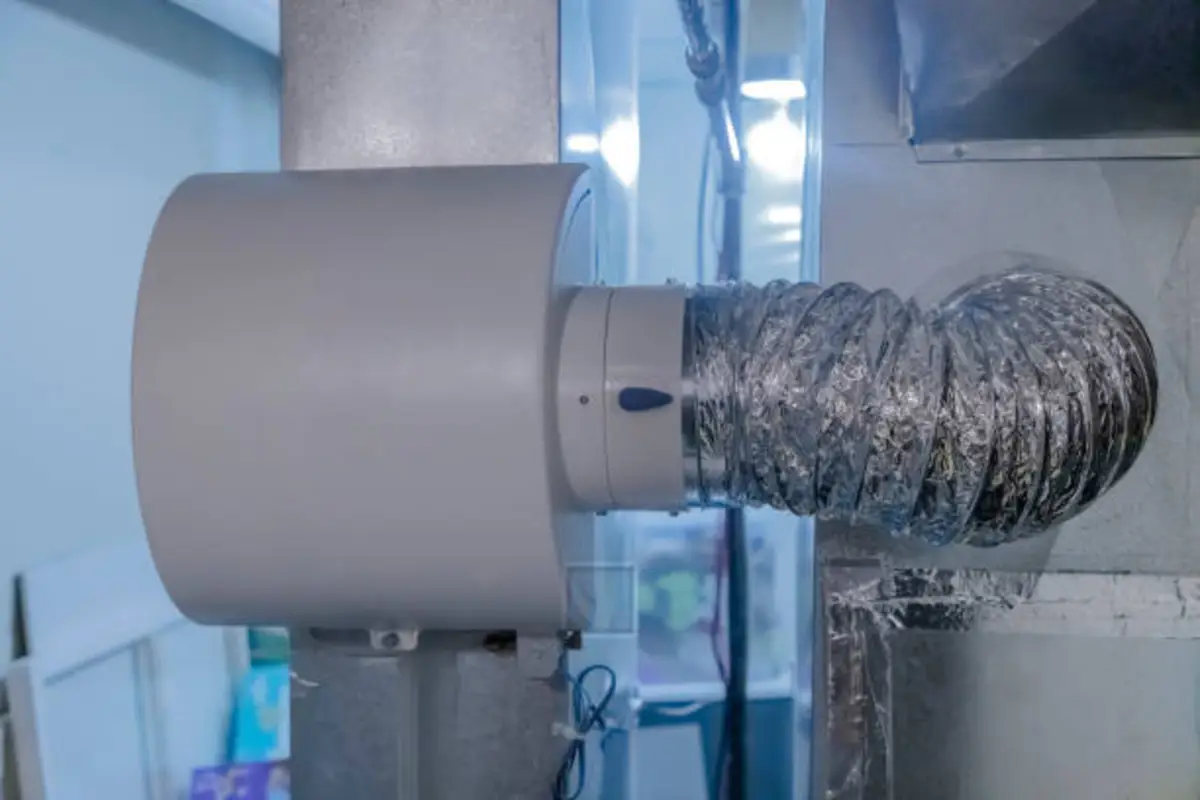A Comprehensive Guide
How to Maintain Your Humidifier? A humidifier is convenient for making the air in your home more pleasant and comfortable. Yet, regular maintenance is necessary for your humidifier to keep functioning smoothly. Following the right rules for upkeep can lengthen your humidifier’s life, guarantee it functions properly, and avoid any pollution in the house.
In this guide, we will go through the basic steps to take care of your humidifier.
It is important toMaintain Your Humidifier’s for several reasons.
A humidifier functions by adding moisture to the air, so it helps with dry skin, allergy signs, and better sleep. If cleaning is neglected, a humidifier might bring about the growth of bacteria, mold, and mildew. The use of this can lead to problems in the air that impact our lungs.
A humidifier should be kept clean and maintained on a regular basis. The humidifier will malfunction if its filters become clogged or have mineral buildup. In this guide, you will find the key tips for maintaining your humidifier.
Keeping Your Clean and Maintain Your Humidifier
It is very important to clean your humidifier regularly. During the years, dust, minerals found in water, and microscopic organisms gather in your tank and parts. This situation could lead to bad results, like poor performance and dangerously spreading harmful bacteria.
Tips on How to Clean and Maintain Your Humidifier.
Always remove the plug before cleaning your humidifier.
Empty the water tank by draining it out, and make sure there is no water left in the tank.
Gently wipe the side of the tank and the base using a microfiber towel.
Treat the tank by adding vinegar and enough water (equal amounts) and leaving it for half an hour. This approach cleans up any mineral deposits. Scrub the utensils with a brush or sponge after that.
If your humidifier has a nozzle or filter, use vinegar or warm soapy water to wash it and help remove any buildup.
The rate at which cleaning happens is
Make sure to wash your humidifier every 7 days if it is being used frequently. For daily runs, you must remember to clean the washer weekly.
Conduct a deeper cleaning monthly: Give the unit a deeper clean at least once each month if you find harder-to-remove dust on the unit.
Regularly adjusting the Filters version.
Some humidifiers have filters that make the air cleaner and help stop dust and germs from getting released. These filters must be changed now and then to keep them working at their best.
Explaining the Importance of Filter Replacement.
Your humidifier will become less effective eventually because its filters can’t clean all the minerals, dust, and debris.
Mold and bacteria that grow on dirty filters may be released and lead to various health problems.
Knowing When to Change the Filter Is Important.
You can find the best way to replace the humidifier filter in your user manual. Most filters usually require changing after 1-2 months, but it can be different based on the water and how much you use the system.
If you observe the mist output from your humidifier is reduced or the room seems dusty, the filter may likely require changing.
Empty the water tank after completing your use.
If you keep water in the tank for a long time, it can allow mold, bacteria, and mildew to grow, which may be dangerous to your health. Don’t forget to empty the tank each time you are done.
Learn the Steps to Drain the Water Tank in the Correct Order.
After switching off the humidifier, empty the water tank.
Dry it off by wiping it once more with another towel.
Air the tank out fully before adding any more air to it. When you don’t use your humidifier every day, be sure to clean and dry its tank completely before storing it.
For Maintaining Your Humidifier’s: Use distilled water in your humidifier.
When you use tap water in your humidifier, it can develop mineral deposits that can harm the device and spread rust-like dust in your living space. Water that is purified by distillation lacks minerals and other impurities.
Chemically pure water, known as distilled water, is better than regular tap water.
It Avoids Mineral Buildup: Although tap water contains calcium and magnesium, which can lead to scale, these minerals are much less than in a softener.
It Removes White Dust: Using distilled water allows you to safely eliminate white dust from furniture and other places in the room.
Distilled water increases the cleanliness of the air in your home, making it safer and healthier.
If you cannot use distilled water, try filtered water to keep mineral buildup to a minimum.
Keep Your Humidifier in a Safe Spot
If you won’t use your humidifier for some time, make sure to store it correctly to ensure it works properly when you take it out again.
Tips for Storing Your Humidifier.
Before storing your humidifier, wash and thoroughly dry it.
Keep it somewhere cool and dry, out of reach of direct sunlight or moisture.
Delete filters and put them elsewhere for future updates.
Look for signs of damage or wear on your humidifier.
Before you use it, make sure your humidifier is without damage or wear. Inspect the surface for any cracks, leaks, or broken parts.
Things to Watch Out For:
Leaking Humidifier: Water leaking from your humidifier can spoil things and affect its efficiency.
A damaged tank can lead to a humidifier that is unable to keep water inside.
A humidifier producing too little mist might have a clog or other problem.
If any of these concerns appear, the humidifier may need to be replaced or given a repair.
Taking care of your humidifier is necessary to ensure it keeps functioning well. If you maintain your humidifier as advised, it will stay helpful for air quality and comfort year after year.
If you take care of your humidifier now and then, it will serve you well for many years. By taking care of your humidifier,
you can ensure your air stays nice and maintain the device for more years.




